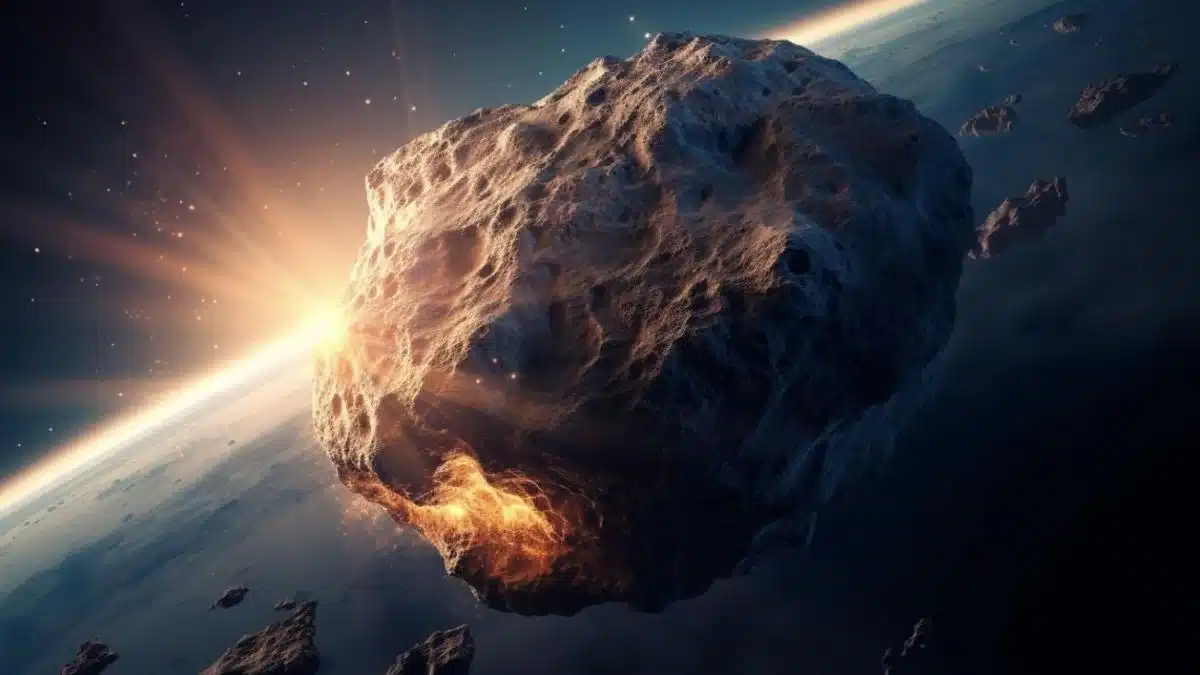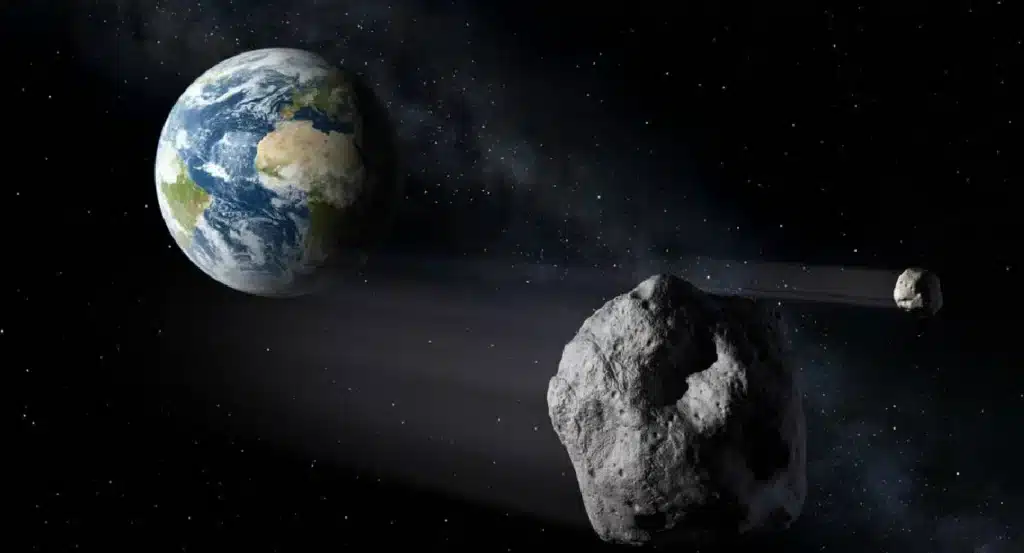NASA Issues Red Flag on Incoming Asteroid 2008 OS7

NASA Issues red flag on incoming asteroid, alerting the public to the approach of a potentially hazardous space rock. The asteroid 2008 OS7, has a diameter of around 890 feet and is scheduled to pass Earth on Friday at 2:41 PM (GMT), at a distance of 1,770,000 miles. According to NASA, despite its classification as a potentially hazardous asteroid, there is no risk of collision.
(Also read Woman Finds Venomous Scorpion in Luggage After Kenya Trip.)
Asteroid 2008 OS7 – NASA’s Risk Assessment
At least 460 feet in diameter and orbits that put them within 4.6 million miles of Earth’s orbit around the Sun are characteristics of potentially hazardous asteroids, or PHAs. Although 2008 OS7 falls under this category, experts assure that it will not enter Earth’s atmosphere, reassuring the public. The University of Warwick’s Dr. Minjae Kim, a Research Fellow in the Department of Physics, stressed that although the asteroid will travel closely to Earth, it will not endanger the globe.

Dr. Kim further shed light on the classification of asteroids, revealing that there are over 2,350 PHAs in our solar system. He also mentioned the 99942 Apophis, the PHA’s next major approach to Earth on April 14, 2029. With asteroids being generally too faint to be detected by current techniques and surveys, Dr. Kim emphasised the challenges in observing these celestial bodies with the naked eye, noting the rarity of asteroids visible to the naked eye.
Other Near-Earth Passes
In addition to 2008 OS7, four other asteroids are set to make near-Earth passes before Friday. Ranging in size from that of a plane to a home, these asteroids include 2024 BR3 (100 feet), 2024 BR (63 feet), 2003 BM03 (120 feet), and 2024 BJ03 (73 feet). While these objects add to the astronomical interest, they are not expected to pose any major threat to Earth.
As NASA continues to monitor and track these celestial bodies, the public can rest assured that the agency remains vigilant in providing timely alerts and information on approaching asteroids. The ongoing efforts to study and understand these space rocks offer valuable insights into planetary defence strategies and further our understanding of the cosmos.
LATEST NEWS
DISCOVER MORE






